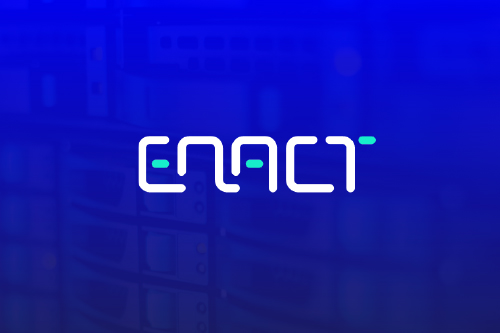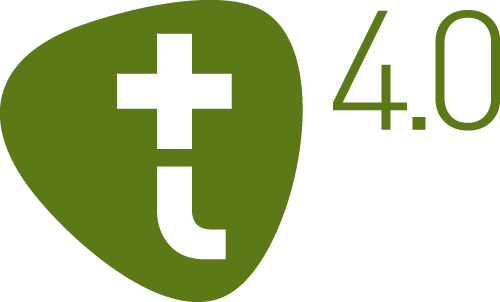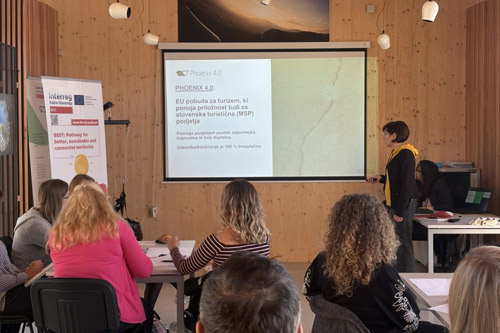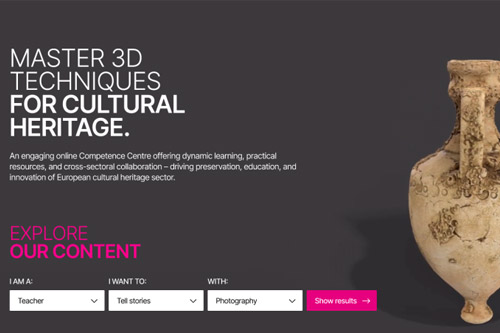
We are thrilled to announce the launch of the first edition of the ENACT newsletter — a space where we will keep you updated on our latest technical developments, milestones, and community activities. ENACT is more than just another European research initiative; it represents a collective effort to reshape how we design, manage, and deploy intelligent, distributed applications across the IoT-Edge-Cloud continuum.
In this first issue, we offer a comprehensive introduction to ENACT from our project coordinator, highlight the exciting real-world use cases that will validate our technologies, dive deep into our open-source strategy, and celebrate the significant achievements we’ve already made in our first year.
About ENACT
ENACT, funded under the Horizon Europe programme and led by CERTH, is building the foundations for a new Cognitive Computing Continuum (CCC) — a seamless integration of IoT, Edge, and Cloud resources, enabling data-intensive, AI-optimized applications. The project focuses on orchestration, secure data handling, AI-based optimization, and compliance with the emerging EU AI Act. You can learn more about ENACT on our official website.
Over the first year, ENACT has already accomplished major milestones, including the design of its reference architecture, early integration of components, and the release of open-source tools under the Eclipse Foundation.
ENACT Innovations Validated through Real-World Use Cases
To ensure that ENACT technologies meet real-world needs, the project is being validated through three major use cases:
- Use Case 1: Enhancing Live Sports with AI and Edge-Cloud Optimization
Transforming sports broadcasting with real-time multimedia data management and AI-driven annotation. - Use Case 2: Immersive VR Broadcasting of the Regata de la Concha
Combining real-time data, VR technology, and edge computing to deliver fully interactive spectator experiences. - Use Case 3: Smart Mobility through Digital Twins
Using digital twins, edge computing, and AI to optimize urban mobility and reduce CO₂ emissions.
ENACT’s Open-Source Commitment
One of ENACT’s pillars is its open-source strategy, ensuring that the community benefits from the tools, frameworks, and insights developed within the project. Our codebase is being shared through the Eclipse Foundation, promoting transparency, collaboration, and wider adoption across industries.
Highlights from the ENACT Community
ENACT has actively participated in major events, such as the 88th Thessaloniki International Fair and the EUCEI Open Continuum Final Conference in Brussels. These events helped showcase ENACT’s innovations to thousands of stakeholders and reinforced its leadership role in shaping Europe’s edge-cloud strategy.
ARCTUR as an experienced High-Tech company with own HPC plays a vital role in several key areas of ENACT:
- WP3: Use Case #2 - Production and distribution of media content for cultural heritage and Tourism4.0sector
ARCTUR brings expertise in immersive experiences and multimedia content distribution, ensuring ENACT's technology supports rich cultural storytelling and tourism promotion. - WP5: Edge-Cloud Orchestration, Scheduling and Adaptation
- T5.1: AI Models for Optimal Performance Predictions in the Compute Continuum
ARCTUR is contributing to the development of AI models that predict optimal resource allocation across the IoT-Edge-Cloud continuum. - T5.4: Virtual Environment for Training, Retraining, and Recalibration of AI Models
ARCTUR supports the creation of virtual environments to continuously train and adapt AI models, ensuring resilience and adaptability in dynamic environments.
- T5.1: AI Models for Optimal Performance Predictions in the Compute Continuum
- WP7: Continuous Research, Improvements, Integrations and Deployments
ARCTUR plays a proactive role in the iterative development and validation of ENACT’s technologies, ensuring continuous innovation and alignment with real-world requirements.
Through its involvement, ARCTUR is helping to bridge the gap between research and practical applications, especially for sectors like cultural heritage and tourism, where edge-enabled experiences and smart content management are increasingly crucial.



